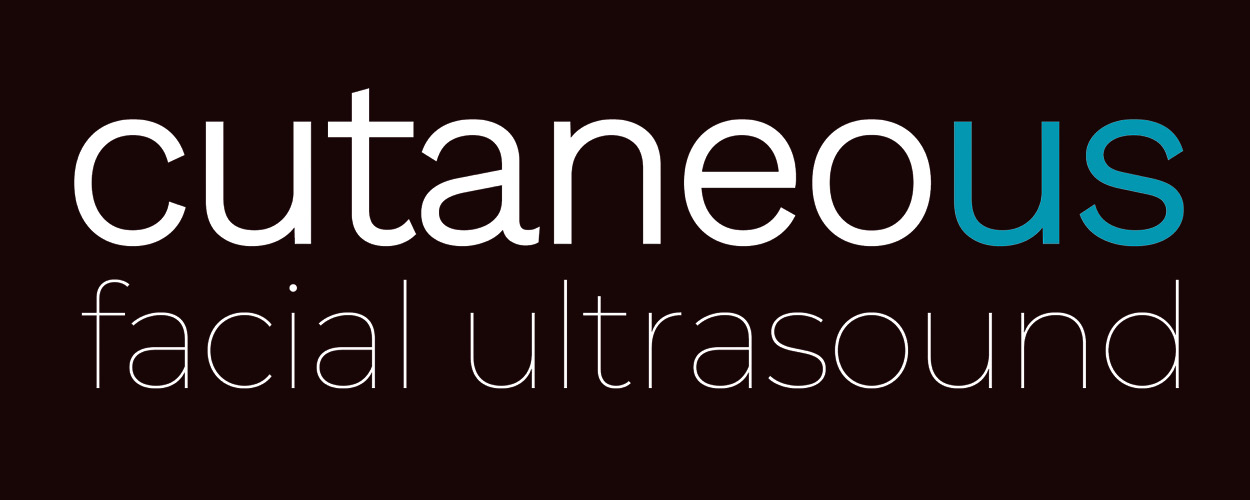Objectives: - Utilize facial ultrasound to visualize the injection anatomy of the lower face.
- Identify the target structures, specifically the depressor anguli oris muscle, for conducting ultrasound-guided or ultrasound-controlled botulinum toxin injections.
- Learn the principles of ultrasound-guided botulinum toxin injection into the depressor anguli oris muscle for the treatment of downturned corners of the mouth.
Introduction: Ultrasound is an evidence-based imaging tool for precise facial injections with fillers and botulinum toxin, aiding in managing filler-related issues. Botulinum toxin is commonly used to address the downturned corners of the mouth by injecting the depressor anguli oris muscle, improving oral commissures and reducing the sad look. However, the proximity of facial muscles like the depressor labii inferioris or the risorius can lead to unintended toxin spread or diffusion, potentially causing mouth asymmetry during facial expressions.
Materials / method: This presentation aims to demonstrate the incorporation of facial ultrasound in the evaluation of the lower third of the face and the administration of botulinum toxin into the depressor anguli oris muscle using two distinct methodologies: ultrasound-controlled and ultrasound-guided techniques.
Results: Ultrasound provides real-time visualization of subcutaneous anatomy, facilitating the precise identification of the depressor anguli oris muscle as the guiding structure in the lower perioral region. Utilizing ultrasound guidance for botulinum toxin injection enhances accuracy, necessitating smaller quantities of neurotoxin while preventing inadvertent diffusion into the depressor labii inferioris (DLI) or the risorius, thus mitigating the risk of asymmetries at smiling.
Conclusion: As aesthetic practitioners, prioritizing safety is paramount. Accurate interpretation of ultrasound images enhances our understanding of injection anatomy, providing a more reliable approach to administering Botulinum toxin into the musculature of the lower perioral region. This method has the potential to enhance the effectiveness of our results, reduce the risk associated with higher neurotoxin dosages, and consequently lower the incidence of asymmetry following DAO injections.
Divulgação de informações
Você recebeu algum patrocínio para sua pesquisa neste tema?
Não
Você recebeu algum tipo de honorário, pagamento ou outra forma de compensação por seu trabalho neste estudo?
Não
Você possui relação financeira com alguma entidade que possa competir com os medicamentos, materiais ou instrumentos abordados no seu estudo?
Não
Você detém ou pediu a registro de patente para algum dos instrumentos, medicamentos ou materiais abordados no seu estudo?
Não
Este trabalho não recebeu nenhum patrocínio direto ou indireto. O mesmo está sob a própria responsabilidade do seu autor.













